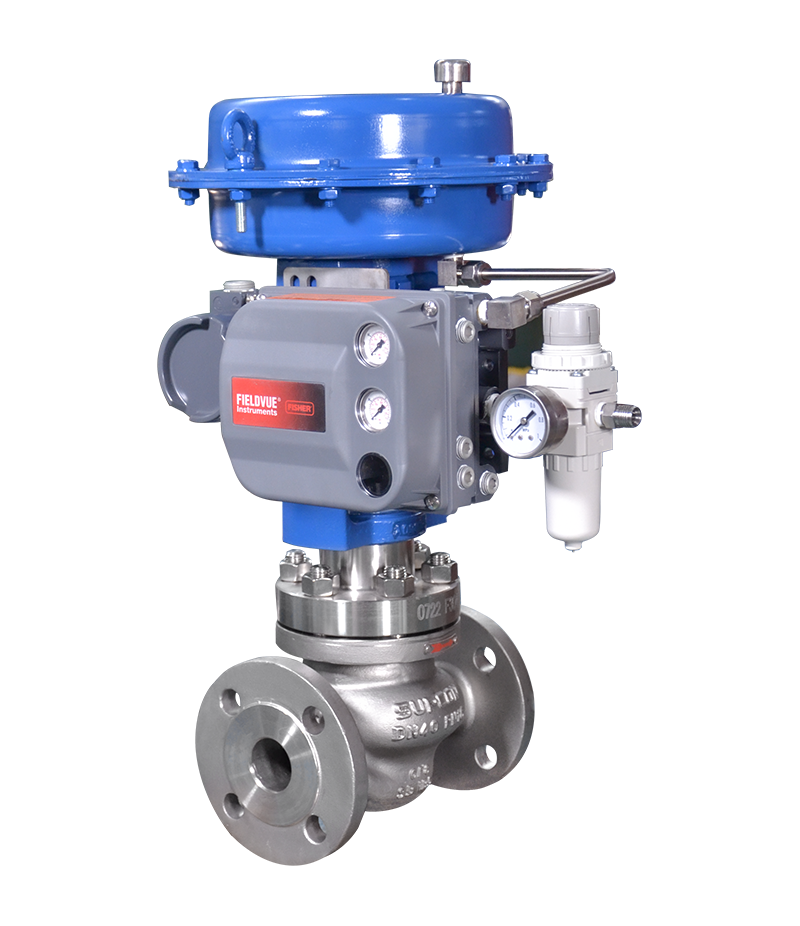
Maximize Energy Cost Savings and Comfort With Advanced Structure Automation Controls
In the world of modern-day style and center management, the assimilation of sophisticated building automation controls stands as an essential advancement. By using the power of automation, buildings can adapt, react, and advance in ways that were once inconceivable.
Power Effectiveness Advantages
Energy effectiveness benefits can considerably decrease energy usage and functional costs in structures. By implementing energy-efficient practices and technologies, building proprietors and operators can achieve substantial savings while additionally adding to ecological sustainability. Among the key advantages of boosting power efficiency in structures is the reduction of energy costs. Energy-efficient systems, such as sophisticated building automation controls, can optimize the use of sources like lights, home heating, and air conditioning, bring about lower power expenditures gradually.
Additionally, improved power performance can lengthen the life-span of structure devices and systems. By running much more efficiently, cooling and heating systems, light, and other building components experience less deterioration, resulting in reduced upkeep and substitute expenses. Additionally, energy-efficient structures usually regulate higher property values and rental rates, offering lasting financial advantages to owners.
In addition, power effectiveness can enhance resident convenience and productivity. Correctly managed interior environments with optimum illumination and thermal conditions develop an even more positive and conducive work space, causing boosted staff member satisfaction and efficiency. Generally, the power efficiency advantages linked with innovative building automation controls are diverse, including price financial savings, environmental stewardship, and occupant health.
Boosted Comfort Control
Enhancing convenience control in structure environments needs an innovative assimilation of sophisticated automation systems for optimum passenger health. By making use of innovative structure automation controls, facilities can tailor the indoor environment to meet the specific requirements and preferences of owners. control valves.
By including these sophisticated controls, buildings can not only enhance convenience but also boost power efficiency by optimizing system procedures based on actual occupancy and usage patterns. Eventually, prioritizing owner comfort with innovative automation systems leads to an extra delightful and much healthier indoor atmosphere.
Functional Effectiveness Improvements

Moreover, the application of real-time surveillance and analytics tools allows building operators to determine power inefficiencies and operational abnormalities without delay. By continually keeping an eye on power usage patterns and system performance metrics, adjustments can be made in real-time to optimize energy intake and make sure peak operational performance. control valves. Additionally, integrating demand action methods right into structure automation controls can better improve functional efficiency by dynamically changing power use based on grid conditions and prices signals
Indoor Climate Optimization
Reliable interior climate optimization is a fundamental facet of structure automation controls, ensuring passengers' convenience and health while maximizing energy savings. By using innovative sensors and controls, constructing automation systems can continually adjust and keep an eye on temperature level, moisture degrees, air top quality, and air flow to produce an ideal interior setting. Preserving regular and comfy conditions not just improves owner complete satisfaction yet likewise improves productivity and total wellness.
Interior environment optimization also plays a crucial role in power efficiency. By fine-tuning air conditioning, air flow, and home heating systems based on real-time data and occupancy patterns, building automation controls can considerably minimize energy consumption - control valves. Implementing methods such as demand-controlled ventilation and thermal zoning can aid lessen power waste while making sure that each location of the structure obtains the needed conditioning.

Lasting Atmosphere Production
Structure automation manages not just enhance interior climate problems for energy efficiency and passenger convenience however likewise webpage lay the foundation for producing a lasting setting via tactical administration of sources and systems. By incorporating sophisticated building automation modern technologies, such as sensors, actuators, and intelligent software program, facilities can check and change power use in real-time to lessen waste and lower their carbon footprint. These systems enable anticipating maintenance, identifying potential concerns before they escalate and maximizing equipment performance to boost long life and efficiency.
Additionally, lasting setting creation prolongs past power monitoring to include water conservation, waste reduction, and indoor air high quality enhancement. Building automation controls can control water usage, discover leakages, and make certain correct waste disposal techniques, contributing to general sustainability initiatives. Additionally, by keeping track of and managing air flow and filtration systems, these innovations boost owner health and wellness and efficiency while decreasing power consumption connected with cooling and heating procedures.
Verdict
Finally, advanced building automation website link controls offer considerable benefits in regards to power cost savings, comfort control, operational efficiency, interior environment optimization, and creating a lasting atmosphere. By applying these controls, buildings can achieve ideal performance while reducing energy usage and improving resident convenience. It appears that making use of sophisticated automation modern technology is critical in enhancing structure efficiency and developing an extra lasting future.
Energy performance advantages can significantly lower power consumption my latest blog post and operational expenses in buildings. In general, the power efficiency advantages associated with advanced building automation controls are complex, encompassing price financial savings, ecological stewardship, and owner health.
Furthermore, incorporating need feedback strategies into building automation controls can even more enhance functional performance by dynamically readjusting energy usage based on grid conditions and prices signals.
Building automation manages not just enhance indoor environment conditions for energy performance and resident convenience yet additionally lay the structure for developing a sustainable atmosphere through tactical monitoring of sources and systems.In verdict, progressed structure automation controls offer considerable benefits in terms of energy cost savings, comfort control, functional effectiveness, interior climate optimization, and creating a lasting environment.
Comments on “The Duty of Control Valves in Liquid Circulation Monitoring Equipment”